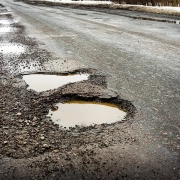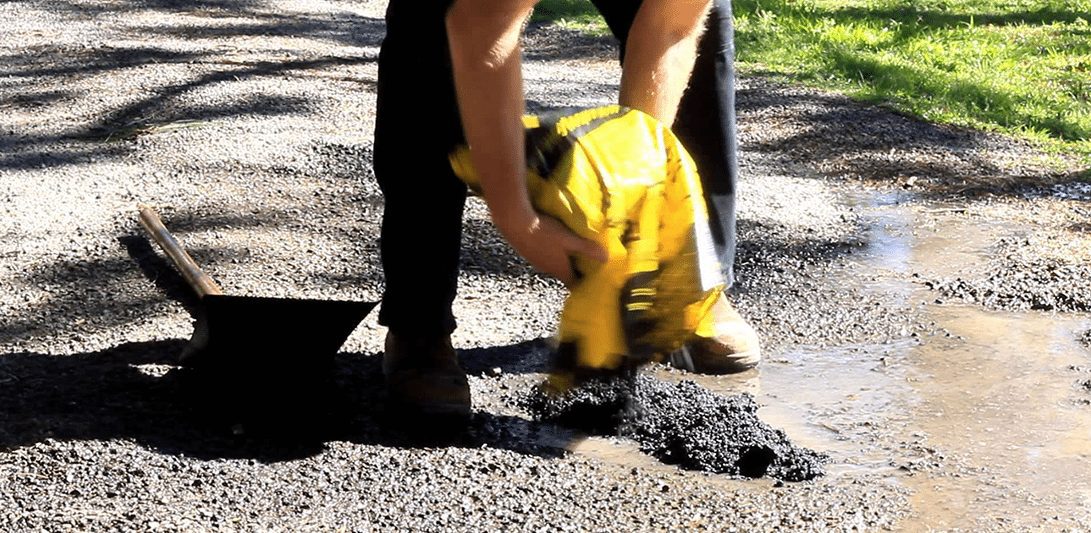Asphalt restoration for driveways
As a Bitumen & Asphalt Repair specialist at Road Solutions AUS, I understand the significance of maintaining the integrity and appearance of asphalt driveways. Over time, driveways can become worn, faded, and develop cracks, detracting from the overall curb appeal of your property. Asphalt restoration provides an effective solution to revive and reinforce your driveway surface, bringing it back to its former glory. In this article, we will explore the process of asphalt restoration for driveways and its benefits.
Understanding Asphalt Restoration
Asphalt restoration involves a comprehensive process of repairing and rejuvenating the surface of your driveway to enhance its appearance and functionality. It goes beyond simple repairs by addressing both structural issues and aesthetic concerns. By combining various techniques and materials, asphalt restoration can bring new life to your driveway, making it safer, smoother, and more visually appealing.
The Asphalt Restoration Process:
- Evaluation and Planning: The first step in asphalt restoration is to evaluate the condition of the driveway. This includes inspecting for cracks, potholes, and areas of significant damage. Based on the evaluation, a customized restoration plan is developed, outlining the specific repairs and treatments required.
- Cleaning and Preparation: Before any restoration work can begin, the driveway must be thoroughly cleaned to remove debris, dirt, and vegetation. Power washing or sweeping with a broom can effectively clean the surface. Additionally, any existing vegetation or weeds should be removed, and the driveway should be allowed to dry completely.
- Crack Filling and Patching: Cracks and potholes are repaired using specialized crack fillers and patching materials. These products are designed to fill gaps, prevent further damage, and ensure a smooth surface. The filler material is applied and compacted into the cracks and potholes, creating a solid, level surface.
- Resurfacing: If the existing asphalt surface has extensive damage or wear, resurfacing may be required. Resurfacing involves applying a new layer of asphalt on top of the existing surface. This process provides a fresh, smooth surface and restores the structural integrity of the driveway.
- Sealcoating: Sealcoating is an essential step in asphalt restoration as it provides a protective barrier against UV rays, water penetration, and chemicals. It helps to extend the lifespan of the restored driveway and enhances its appearance with a sleek, black finish. Sealcoating should be applied once the crack filling, patching, and resurfacing are complete.
Benefits of Asphalt Restoration for Driveways:
- Enhanced Appearance: Asphalt restoration can significantly improve the appearance of your driveway, giving it a fresh, rejuvenated look. Faded, worn-out surfaces are replaced with a smooth, dark finish, enhancing the curb appeal of your property.
- Increased Durability: The restoration process addresses structural issues, such as cracks and potholes, reinforcing the driveway’s strength and stability. This enhances its ability to withstand heavy traffic, weather conditions, and regular use.
- Improved Safety: By repairing cracks and potholes, asphalt restoration creates a safer surface for vehicles and pedestrians. Smooth, level driveways help prevent accidents, tripping hazards, and vehicle damage.
- Cost-Effective: Compared to complete driveway replacement, asphalt restoration offers a cost-effective solution. By addressing specific issues and selectively repairing damaged areas, homeowners can save on the cost of new construction while achieving a refreshed driveway.
- Extended Lifespan: Regular maintenance and restoration can significantly extend the lifespan of your driveway. By addressing issues promptly and implementing preventive measures, you can maximize the longevity of the asphalt surface.
Asphalt restoration is a comprehensive process that involves repairing, rejuvenating, and reinforcing the surface of your driveway.





